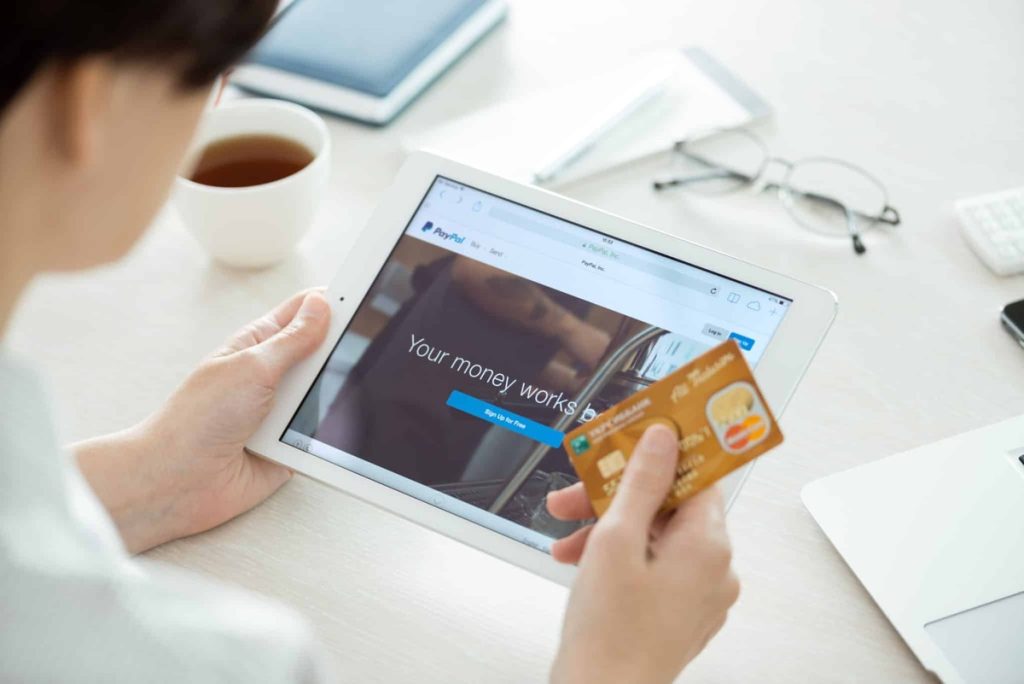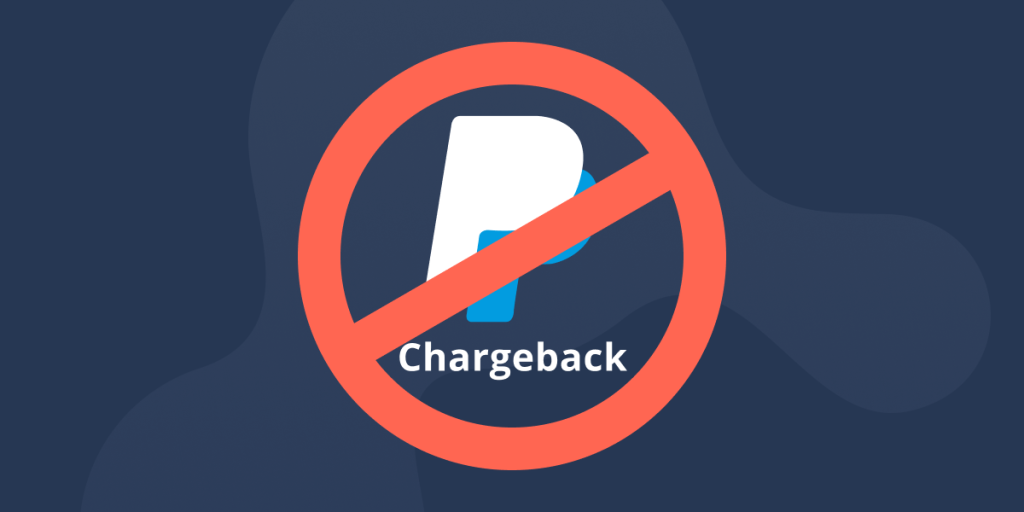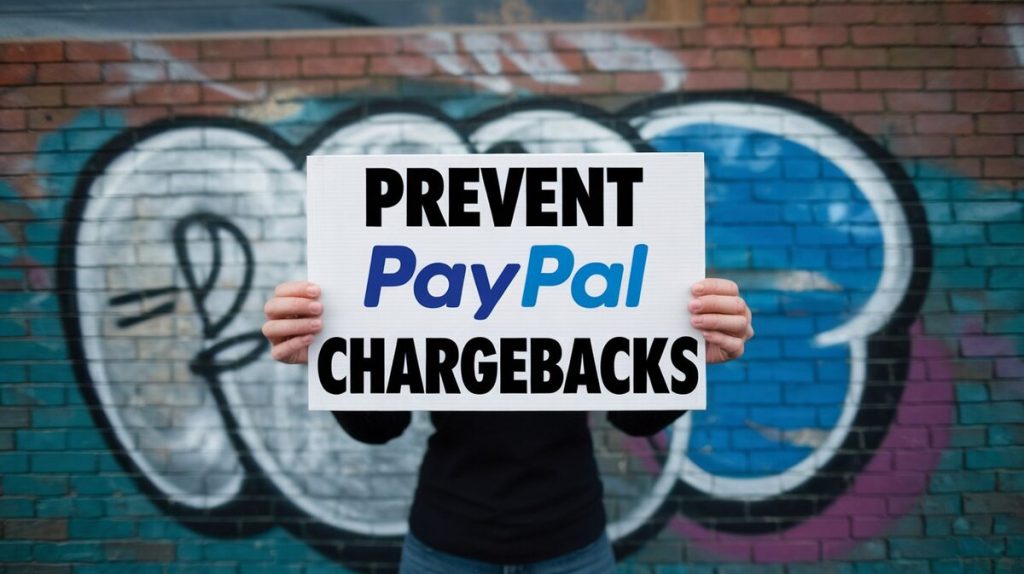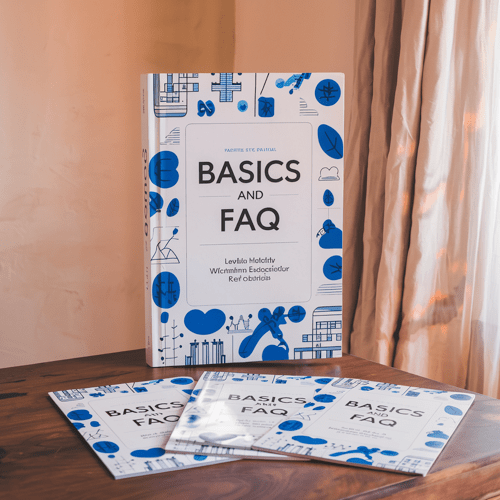Chargebacks are a critical issue for online merchants using PayPal. They result in lost revenue, increased fees, higher chargeback ratios, and even account suspension. This guide provides clear, actionable steps to prevent PayPal chargebacks, using data and proven strategies to help protect your business.
1. Introduction: The Impact of PayPal Chargebacks
PayPal chargebacks occur when a buyer disputes a transaction, asking their credit card issuer to reverse the charge. For merchants, this can mean losing both the product and payment, as well as incurring additional fees. According to LexisNexis, merchants lose $2.94 for every dollar lost to fraud, making chargebacks a significant financial burden.
A high chargeback ratio can lead to penalties, including rolling reserves or account suspension. For instance, PayPal may impose restrictions if your chargeback ratio exceeds 1%. Preventing chargebacks is essential to safeguarding your business.
2. Common Causes of PayPal Chargebacks
Identifying the causes of chargebacks is the first step in preventing them. The most common reasons include:
- Unauthorized Transactions: These account for 30% of all chargebacks, often involving stolen credit card information.
- Items Not Received (INR): Around 25% of chargebacks occur when a buyer claims they didn’t receive their order.
- Significantly Not As Described (SNAD): These disputes, accounting for 20% of chargebacks, arise when a product differs significantly from its description.
Table 1: Common Causes of PayPal Chargebacks
| Cause | Percentage of Chargebacks | Example Scenario |
|---|---|---|
| Unauthorized Transactions | 30% | Fraudulent transactions using stolen credit card information. |
| Items Not Received (INR) | 25% | Customer claims non-receipt of the purchased item. |
| Significantly Not As Described | 20% | Product delivered does not match the description or quality. |
| Fraudulent Orders | 15% | Orders placed with the intent of defrauding the seller. |
| Other (Duplicate charges, etc.) | 10% | Miscellaneous disputes including billing errors. |

3. Effective Measures to Avoid PayPal Chargebacks
Accurate Product Descriptions
Misleading product descriptions are a common cause of chargebacks. To minimize risk:
- Use Clear Images: Provide multiple, accurate images from different angles.
- Include Detailed Specifications: Mention dimensions, materials, and any potential defects.
Shipping and Tracking
Shipping issues often lead to chargebacks. Implement these strategies:
- Use Reliable Shipping Services: Ensure shipments are trackable and require a signature for high-value items.
- Communicate Shipping Delays: Inform customers promptly about any delays.
Clear Return Policies
An unclear return policy can lead to chargebacks. Ensure your return policy is:
- Visible: Place it prominently on your website.
- Simple: Avoid jargon and clearly state timelines.
Customer Communication
Effective communication can prevent disputes from becoming chargebacks:
- Provide Multiple Contact Options: Offer phone, email, and live chat.
- Respond Quickly: Address inquiries within 24 hours.
Fraud Detection Tools
Implement fraud detection tools to filter out suspicious transactions. According to Checkout.com, merchants using advanced fraud detection tools reduce chargebacks by 20%.
Recommendation: Merchanto.org
Merchanto.org, an official partner of VISA and MasterCard, offers advanced tools to detect and prevent fraud before it leads to chargebacks. Learn more.
4. Managing Chargebacks When They Occur
Despite best efforts, some chargebacks are inevitable. Here’s how to handle them effectively:
Gathering Evidence
Document everything to dispute chargebacks:
- Proof of Delivery: Provide tracking information and delivery confirmation.
- Customer Communications: Keep records of all interactions.
Table 2: Essential Documentation for Disputing Chargebacks
| Type of Evidence | Description |
|---|---|
| Proof of Delivery | Tracking numbers, delivery confirmation, and signature confirmation. |
| Product Descriptions | Original listings, including images and descriptions. |
| Communication Records | Emails, chat logs, and phone call summaries with the customer. |
| Transaction Details | Invoices, payment confirmations, and order numbers. |
Responding to Chargebacks
When a chargeback is filed:
- Submit a Response Within 10 Days: PayPal requires a response within this period, or the chargeback will be awarded to the buyer.
- Provide Strong Evidence: Include all relevant documentation in your response.
Deciding When to Fight Chargebacks
Not all chargebacks are worth fighting. Consider:
- Chargeback Amount: Small amounts may not be worth the effort to dispute.
- Customer History: Frequent chargebacks from a single customer may indicate a pattern of fraud.

5. Best Practices for Reducing Chargeback Risk
Implementing best practices can significantly reduce your chargeback risk:
Authorization Holds
Authorization holds verify funds before completing a transaction. Stripe reports that using authorization holds can reduce chargebacks by 15%.
Regular Monitoring and Adjustment
Monitor your chargeback ratio and adjust strategies as needed. Braintree recommends setting up automatic alerts for high-risk transactions.
Table 3: Best Practices for Chargeback Prevention
| Practice | Expected Reduction in Chargebacks | Example Application |
|---|---|---|
| Authorization Holds | 15% | Apply holds on high-risk transactions for additional verification. |
| Fraud Detection Tools | 20% | Implement tools to automatically detect and flag suspicious orders. |
| Clear Return Policies | 10% | Simplify return processes to avoid customer disputes. |
| Customer Communication | 15% | Respond promptly and proactively to customer inquiries. |
Engage with Trusted Payment Processors
Work with payment processors like VISA, Mastercard, and PayPal, and integrate additional security measures as recommended in their official documentation. This includes utilizing 3D Secure for high-risk transactions and engaging with programs like Visa’s Chargeback Monitoring Program.
6. Conclusion: Stay Ahead of PayPal Chargebacks
Preventing chargebacks is crucial for maintaining a healthy business. By understanding the causes and implementing robust preventive measures, you can reduce your chargeback ratio and protect your revenue. Regularly review and update your strategies, leverage the expertise of partners like Merchanto.org, and stay informed about best practices in payment processing.



